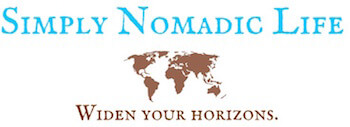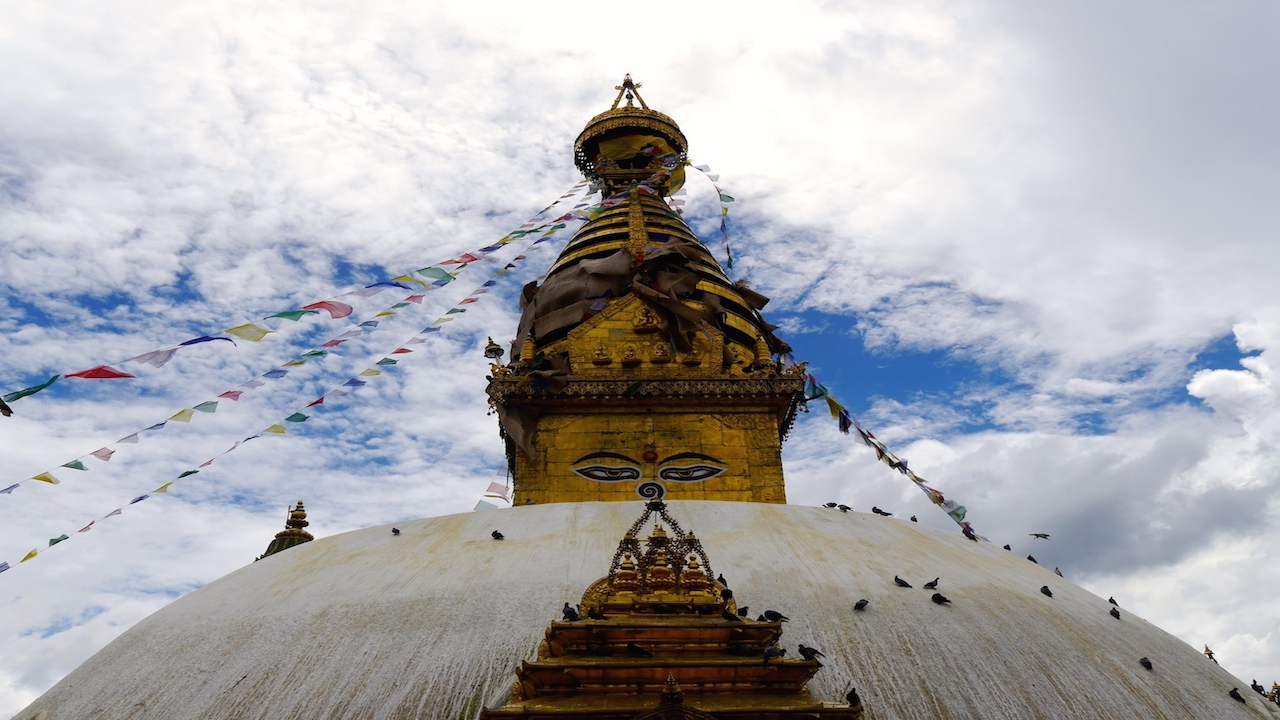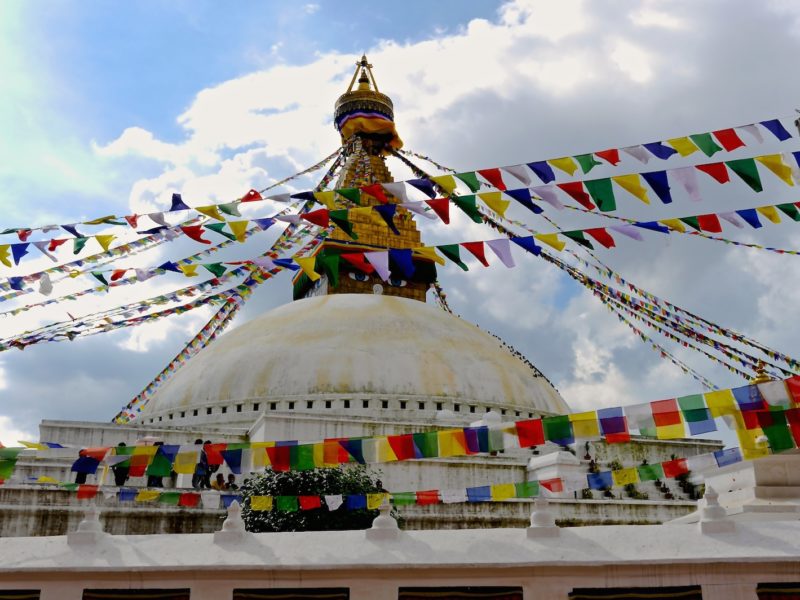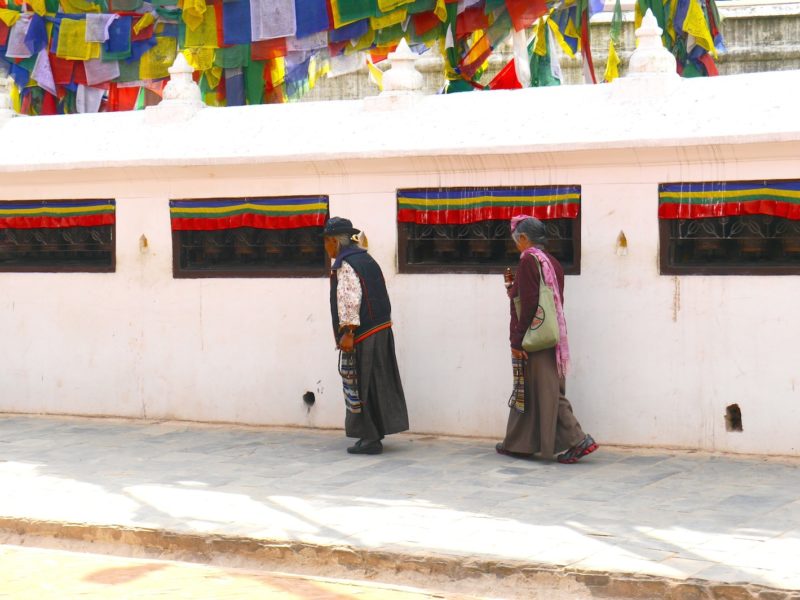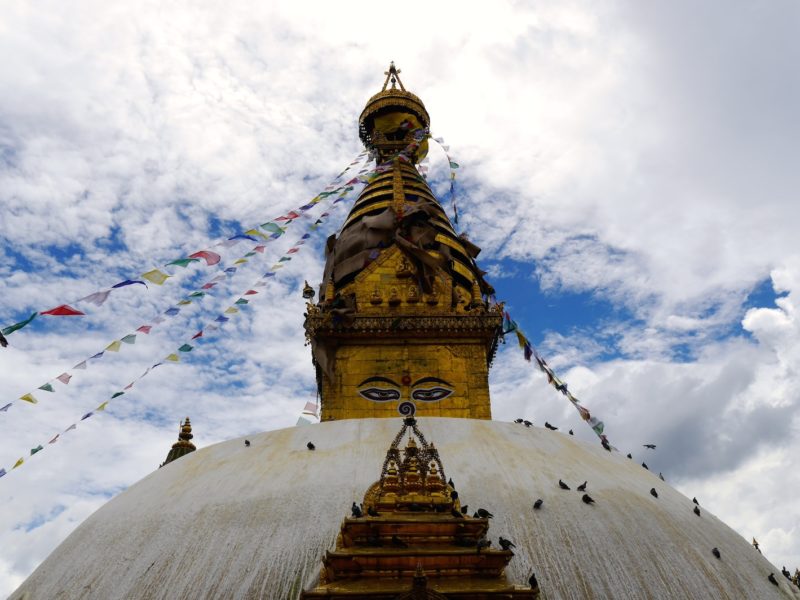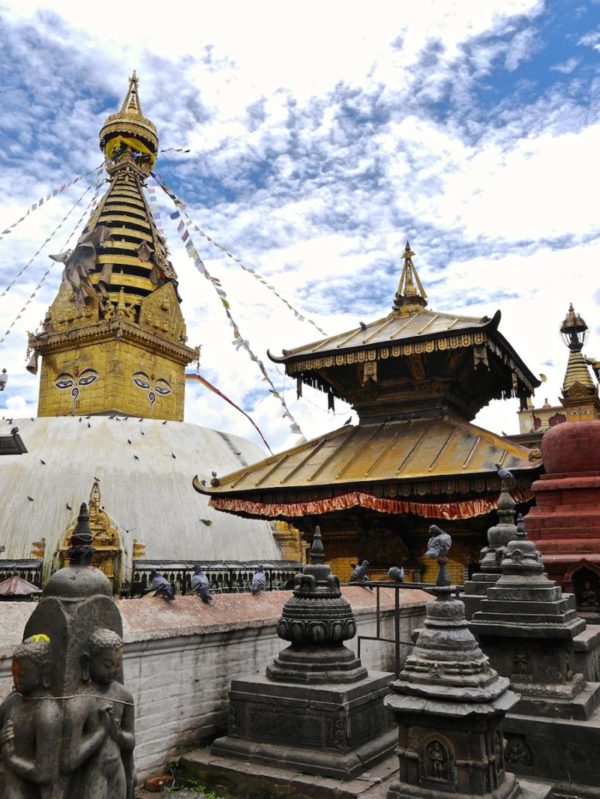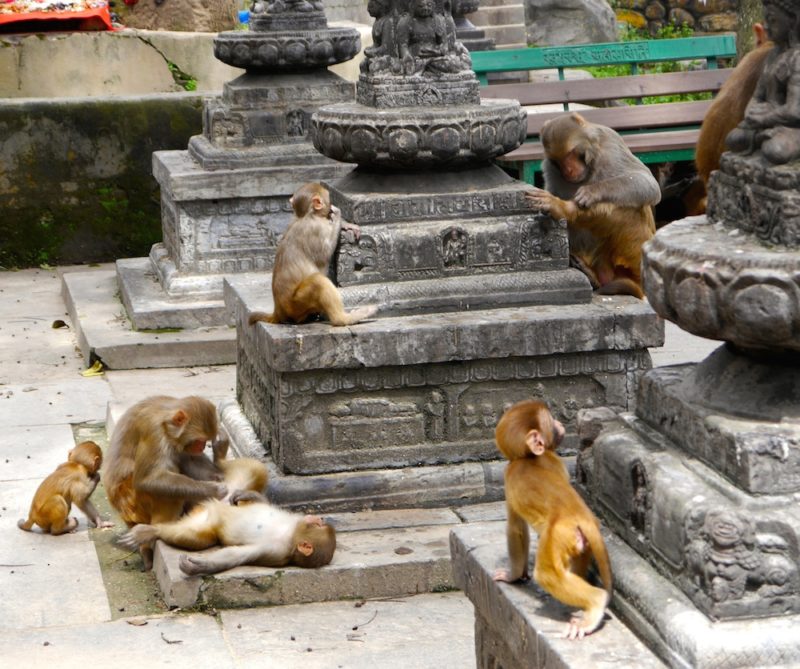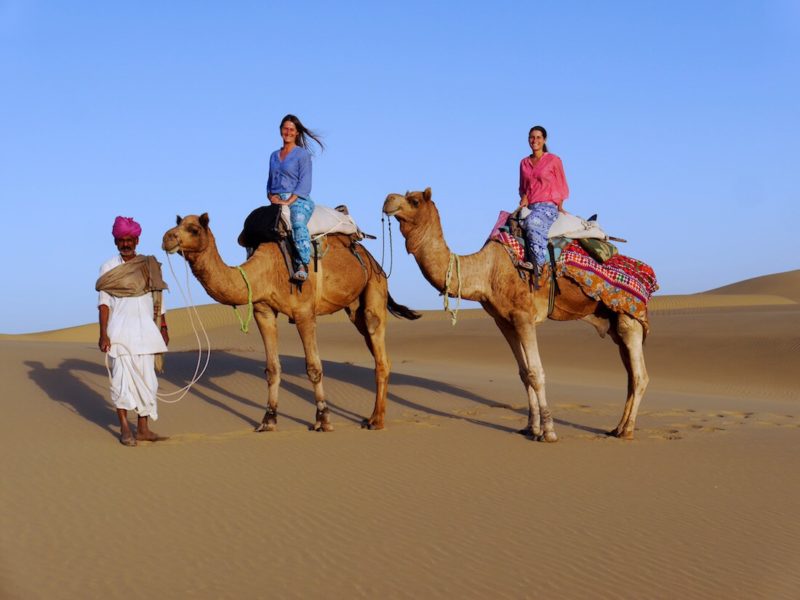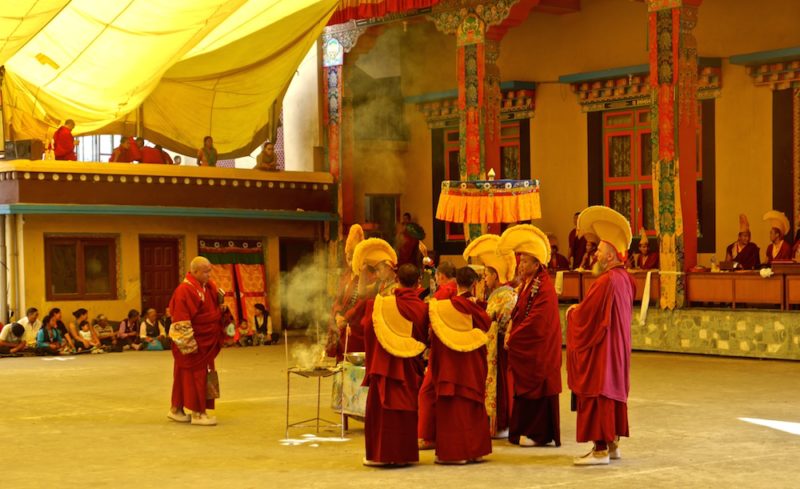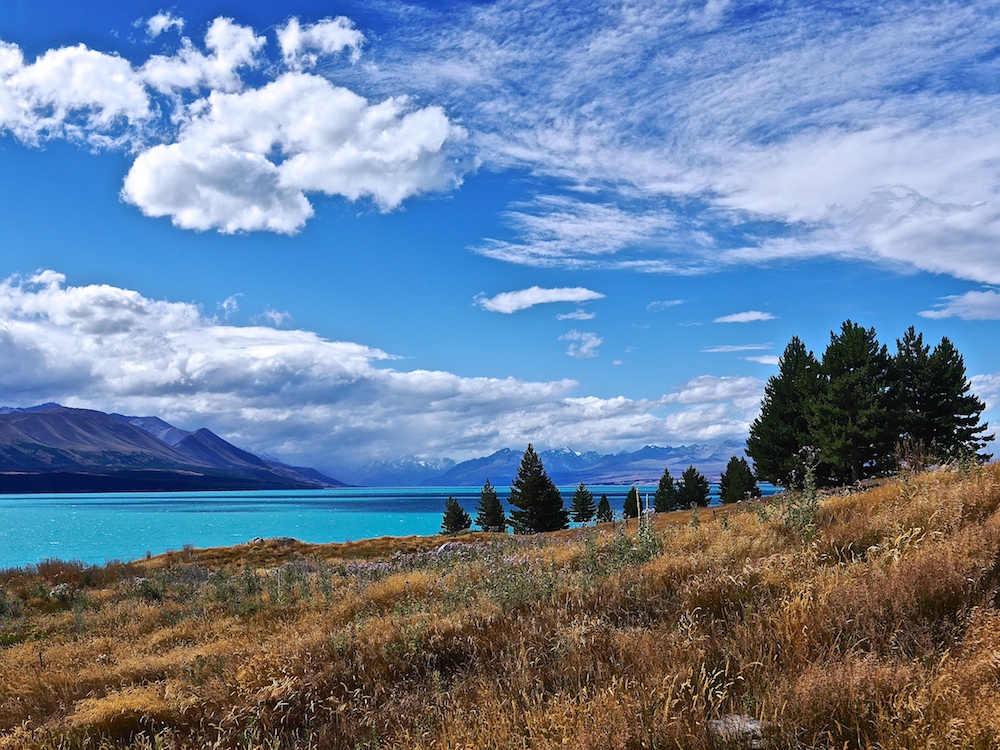Have you ever cried when leaving a foreign country?
We did. We loved Nepal so much that we were crying when we were taking off. It was like leaving home and not knowing when you’ll be back.
We had ventured into different parts of the world before visiting Nepal, but this wonderful country really exceeded our expectations.
We were very sad to hear about the earthquake in Nepal and feel very sorry for the people of this beautiful and hospitable country.
Nepal really is a country of very friendly and kind people, absolutely unique Hindu and Buddhist temples, gorgeous medieval towns, thick jungles and of course the incredibly stunning Himalayas. Nepali cuisine is heaven for (not only) vegetarians.
We spent a lot of time exploring Kathmandu and the Kathmandu valley. In this blog post, we want to tell you about the two most sacred places in Kathmandu we visited and absolutely loved.
Sadly, both of these sacred places were damaged in the recent earthquake to a large extent.
2 most sacred places in Kathmandu Valley
Situated 7 km east of Kathmandu Durbar square, Boudhanath is the largest stupa (Buddhist shrine) in Nepal, the most sacred place for Tibetian people outside of Tibet and one of the most important Buddhist Monuments in the world. It’s believed that Boudhanath has got the power to fulfil wishes and give blessings.
Boudhanath is located on what was a major trade route between Nepal and Tibet. In the past, when the borders between Nepal and Tibet were still open, traders and pilgrims used to come to this stupa to receive blessings for a safe journey before heading to the Himalayas, or to give thanks after arriving safely from Tibet to Kathmandu.
After the 1959 Chinese invasion of Tibet, when thousands of Tibetans fled to Nepal, Boudhanath became the most important place of meditation for the Tibetan refugees, pilgrims from the Himalayas and the local Nepalis.
Bowing is practised by many Buddhists at Boudhanath stupa. It’s a sign of respect for Buddha. Lowering oneself before Buddha is an act of genuine humility.
However, the main ritual at Boudhanath is to walk around the Boudhanath stupa in a clockwise direction turning prayer wheels, which are mounted around the wall of Boudhanath, and repeating mantras. One spin of a prayer wheel here is the equivalent of repeating the mantra engraved on it 11,000 times.
We went to see Boudhanath twice and we loved the lively spiritual town.
Watch our video Life in Boudhanath
Just a 20-minute walk (or 10 minutes by taxi) from Kathmandu Durbar Square, Swayambhu temple is the most sacred place among the Buddhist pilgrimage sites in Nepal. It is worshipped by both Hindus and Buddhists. For Tibetan people it’s the second most important religious place in Nepal after Boudhanath.
On each of the four sides of the main stupa there is a pair of big eyes.
These eyes are a symbol of God’s all-seeing perspective. Above each pair of eyes is another smaller eye;this third eye signifies the wisdom of looking within. You can also see other interesting temples, painted images of deities (= supernatural being who is believed to be holy) and other religious objects around Swayambhu stupa. There are many small shrines with statues of Tantric and shamanistic deities, prayer wheels for the Tibetan Buddhists and Shiva lingams (=a symbol of God’s energy).
Swayambhu is also called a Monkey temple because of the large amount of monkeys that populate the forest around the temple. Monkeys are considered to be holy in Nepal.
Swayambhunath stupa is located on a hill and can be seen from many corners of the Kathmandu Valley. Every devotee must walk up 365 stairs to reach the stupa. Some Nepalis come to Swayambhunath stupa to pray, meditate, walk around the stupa, reciting mantras and turning prayer wheels, while others make the effort to ascend the long stairs just to enjoy the view over Kathmandu.
TIPS:
When to visit Nepal:
October and November, the start of the dry season, is the best time to visit Nepal. The countryside is green and lush after the monsoon season, but it is cold in the nights.
In December and January it can get very cold.
February, March, April and a part of May is the second-best time to visit and trek, spring brings warm weather and spectacular rhododedron blooms.
In late May and June, it can be very hot and dusty.
Although Mid June, August and September is the monsoon season, but the weather in the day can be nice and sometimes it rains only in the night.
Expenses:
•Transport – local buses are cheap and packed but you can meet friendly locals there. There are two bus stations in Kathmandu, bus terminal/bus park (from here you can catch long distance buses) and Rathna park (from here you can take short distance buses).
Taxis are other option, the best option for short distances in and around Kathmandu. Every time discuss the price before you get in. Ask at the reception to have an idea.
•Food – very nice and cheap, big meal in a local restaurant is 100 – 200 rupees, in more expensive restaurants in touristy area up to 400 – 500 rupees.
Always buy bottled water.
•Accommodation – starts at 500 – 1000 rupees per night per room.
Ask in monasteries.
•Budget is 15 – 20 USD per day – meals in local restaurants, accommodation, transport by local buses + entrance fees.
Recommendations for women travelling solo:
Dress modestly. Your clothes should cover knees and shoulders.
Even if Kathmandu Valley as well as the rest of Nepal is relatively safe, always use common sense.
In remote areas where the locals are not used to seeing solo foreign women often, don’t trek on your own and be in your accommodation before it gets dark.
Did you like this post? Would you like to stay up to date with our new adventures?
Just ‘Like’ our Facebook Page – and we will keep you informed!
